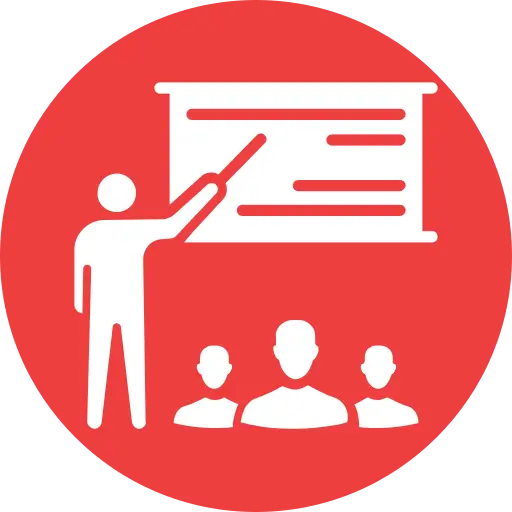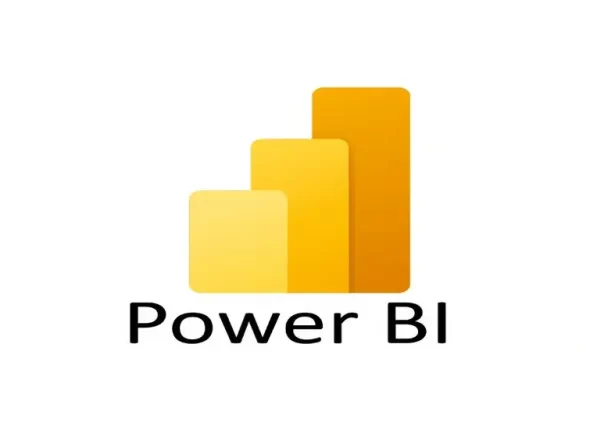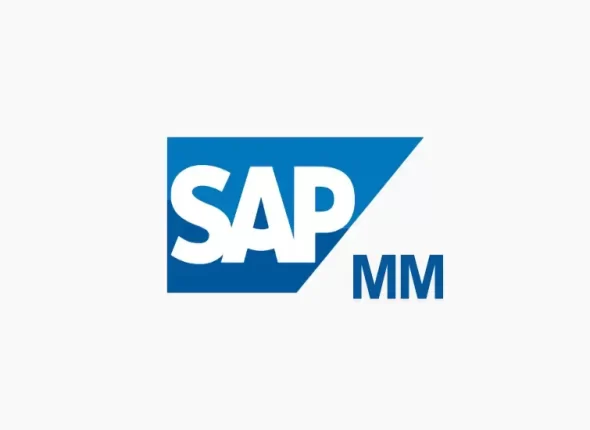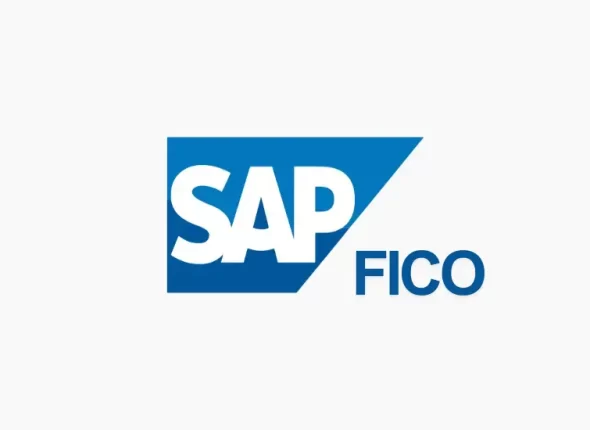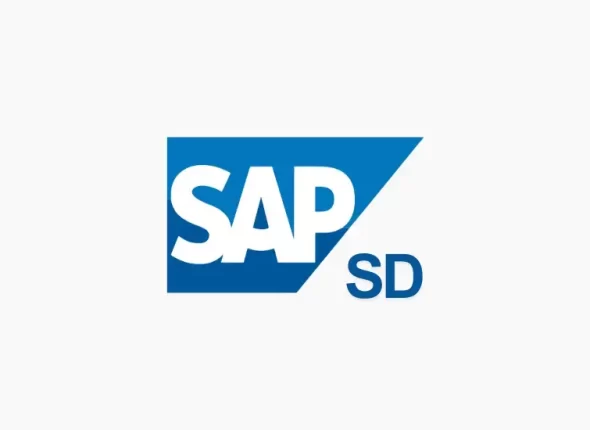Course description
Python is a high-level, interpreted programming language known for its simplicity, readability, and versatility. Created by Guido van Rossum and first released in 1991, Python has grown to become one of the most popular and widely-used programming languages in the world.
Key Features
Simple and Readable Syntax
Python's syntax is designed to be clean and easy to read, making it an excellent choice for beginners and promoting good programming practices.
Interpreted Language
Python is an interpreted language, meaning code is executed line-by-line, which facilitates quick testing and debugging.
Dynamically Typed
Variables in Python do not require explicit declarations, allowing for more flexibility and ease of use. This dynamic typing reduces boilerplate code and increases productivity.
Object-Oriented and Functional
Python supports both object-oriented and functional programming paradigms, giving developers the flexibility to choose the best approach for their projects.
Extensive Standard Library
Python comes with a comprehensive standard library that provides modules and functions for various tasks such as file I/O, system operations, web services, and more, reducing the need for external libraries.
Cross-Platform Compatibility
Python runs on various platforms, including Windows, macOS, Linux, and Unix, making it highly portable.
Common Uses
Web Development
Python is widely used in web development, with popular frameworks such as Django, Flask, and Pyramid enabling developers to create robust and scalable web applications.
Data Science and Machine Learning
Python is a preferred language for data analysis and machine learning, thanks to libraries like NumPy, pandas, SciPy, scikit-learn, TensorFlow, and PyTorch.
Automation and Scripting
Python’s simplicity and flexibility make it an ideal language for writing scripts to automate repetitive tasks and streamline workflows
Software Development
Python is used for developing a wide range of software applications, from simple scripts to complex enterprise solutions.
Scientific Computing
Python is popular in scientific research for data analysis, simulation, and visualization, leveraging libraries such as Matplotlib, Seaborn, and Jupyter Notebooks.
Education
Due to its readability and ease of learning, Python is commonly used as an introductory programming language in educational settings.
Development Tools
Integrated Development Environments (IDEs)
Popular Python IDEs include PyCharm, Visual Studio Code, and Jupyter Notebook, which provide features like code completion, debugging, and interactive coding.
Package Management
Tools like pip and conda facilitate the installation and management of Python packages and dependencies.
Version Control
Git and platforms like GitHub and GitLab are widely used for version control and collaborative development in Python projects.
Learning and Resources
Documentation and Tutorials
The official Python documentation offers comprehensive guides and references.
Online Courses
Platforms like Coursera, Udemy, and edX offer in-depth Python programming courses.
Community Support
Python has a large and active community, with numerous forums, user groups, and conferences providing support and networking opportunities.
Conclusion
Python’s simplicity, versatility, and extensive ecosystem have made it a go-to language for a wide variety of applications, from web development and automation to data science and machine learning. Whether you’re a beginner looking to learn programming or an experienced developer tackling complex projects, Python provides the tools and resources to achieve your goals effectively.
1. Introduction to Python
- What is Python?
- History of Python
- Installing Python and Setting Up the Environment (IDLE, Anaconda, VS Code)
- Python 2 vs. Python 3
- Writing and Running Your First Python Program
- Understanding the Python Shell and Script Mode
2. Python Basics
- Variables and Data Types
- Basic Input and Output
- Operators (Arithmetic, Relational, Logical, Bitwise, Assignment, etc.)
- Control Flow Statements (if, elif, else)
- Loops (for, while, nested loops)
- Functions in Python
- Defining and Calling Functions
- Function Arguments (Positional, Keyword, Default, Arbitrary)
- Lambda Functions
- Understanding Scope and Lifetime of Variables
- Basic Error Handling with Try-Except
3. Data Structures in Python
- Lists
- Creating, Accessing, Modifying Lists
- List Methods and Comprehensions
- Tuples
- Creating, Accessing, and Using Tuples
- Dictionaries
- Key-Value Pairs, Accessing, Modifying Dictionaries
- Dictionary Methods and Comprehensions
- Sets
- Creating and Using Sets
- Set Operations (Union, Intersection, Difference)
- Strings
- String Operations and Methods
- String Formatting and f-Strings
- Working with Regular Expressions
4. Advanced Python Concepts
- File Handling
- Reading and Writing Files
- Working with CSV and JSON Files
- Error and Exception Handling
- Try, Except, Finally
- Raising Exceptions
- Custom Exceptions
- Modules and Packages
- Importing Modules and Packages
- Creating Custom Modules
- Python Standard Library Overview (os, sys, datetime, math, etc.)
- Working with Dates and Times
- Python’s Iterators and Generators
- Creating and Using Generators
- Decorators and Context Managers
5. Object-Oriented Programming (OOP) in Python
- Introduction to OOP
- Defining Classes and Creating Objects
- Understanding __init__ and self
- Class Variables and Instance Variables
- Methods (Instance, Class, Static)
- Inheritance (Single, Multiple)
- Method Overriding and Polymorphism
- Encapsulation and Abstraction
- Magic Methods (__str__, __repr__, __len__, etc.)
- Composition and Aggregation
6. Working with Libraries and Frameworks
- Overview of Python Ecosystem
- NumPy for Numerical Computations
- Pandas for Data Manipulation and Analysis
- Matplotlib and Seaborn for Data Visualization
- Requests for HTTP Requests
- BeautifulSoup for Web Scraping
- SQLAlchemy for Database Interactions
- Introduction to Pytest for Testing
7. Python for Data Science
- Introduction to Data Science
- Working with NumPy Arrays
- Data Manipulation with Pandas (Series, DataFrames)
- Data Cleaning and Preprocessing
- Data Visualization with Matplotlib and Seaborn
- Introduction to Statistical Analysis in Python
- Basic Probability and Statistics Concepts
- Exploratory Data Analysis (EDA)
8. Python for Machine Learning
- Introduction to Machine Learning
- Overview of Scikit-Learn Library
- Supervised Learning Algorithms (Linear Regression, Logistic Regression, Decision Trees, etc.)
- Unsupervised Learning Algorithms (K-Means Clustering, PCA)
- Model Evaluation and Validation Techniques (Cross-Validation, Confusion Matrix, etc.)
- Introduction to Neural Networks and Deep Learning with TensorFlow/Keras
- Working with Pre-trained Models
- Introduction to Natural Language Processing (NLP)
9. Python for Web Development
- Introduction to Web Development with Python
- Understanding Front-End vs. Back-End Development
- Working with Flask
- Setting Up Flask Applications
- Routing and URL Building
- Working with Templates (Jinja2)
- Handling Forms and User Input
- Connecting Flask to a Database (SQLite, PostgreSQL)
- Introduction to Django
- Setting Up Django Projects
- Django Models, Views, and Templates (MVT Pattern)
- User Authentication and Authorization
- Django ORM and Querysets
- Deployment of Django Applications
- Introduction to RESTful APIs with Flask/Django
10. Working with Databases
- Introduction to Databases
- SQL Basics (Select, Insert, Update, Delete, Joins)
- Connecting Python to Databases (SQLite, MySQL, PostgreSQL)
- Using SQLAlchemy for ORM in Python
- Working with NoSQL Databases (MongoDB)
- Introduction to Redis for In-Memory Data Storage
11. Python Automation and Scripting
- Automating Tasks with Python
- Working with Excel Files (OpenPyXL, Pandas)
- Automating Web Interactions with Selenium
- Batch File Processing
- Automating System Tasks (OS Operations, File Management)
- Working with APIs (REST APIs, JSON)
12. Python for Networking
- Basics of Computer Networking
- Introduction to Sockets in Python
- Building a Simple Client-Server Application
- Working with HTTP Requests (Requests Library)
- Parsing and Sending Emails with Python (smtplib, imaplib)
- Web Scraping Techniques (BeautifulSoup, Scrapy)
13. Python for IoT and Hardware Programming
- Introduction to IoT
- Working with Raspberry Pi and Python
- Interfacing with Sensors using Python
- Home Automation Projects with Python
- Introduction to Microcontrollers (Arduino, MicroPython)
- Working with GPIO Pins in Python
14. Python Testing and Debugging
- Introduction to Testing in Python
- Unit Testing with Pytest
- Writing Test Cases and Test Suites
- Mocking and Patching in Tests
- Continuous Integration and Testing Automation
- Debugging Techniques in Python (PDB, Logging)
15. Advanced Python Topics
- Metaclasses in Python
- Asynchronous Programming (Asyncio, Await, Async/Await)
- Working with WebSockets
- Introduction to Microservices with Python
- Design Patterns in Python
- Performance Optimization in Python (Profiling, Cython)
- Building CLI Applications with Python (argparse, click)
- Packaging Python Projects (Setuptools, Wheel, Pip)
16. Building Projects
- Developing a Console-Based Application
- Building a Web Scraper
- Creating a RESTful API with Flask/Django
- Developing a Data Analysis Pipeline
- Building a Machine Learning Model
- Developing a Simple Web Application
- Creating a GUI Application with Tkinter/PyQt
- Building a Portfolio Project (end-to-end application)
17. Python Career and Community
- Preparing for Python Certification Exams
- Python Interview Questions and Best Practices
- Contributing to Open Source Python Projects
- Attending Python Meetups and Conferences (e.g., PyCon)
- Building a Portfolio and GitHub Repository
- Freelancing vs. Full-Time Python Developer Roles




